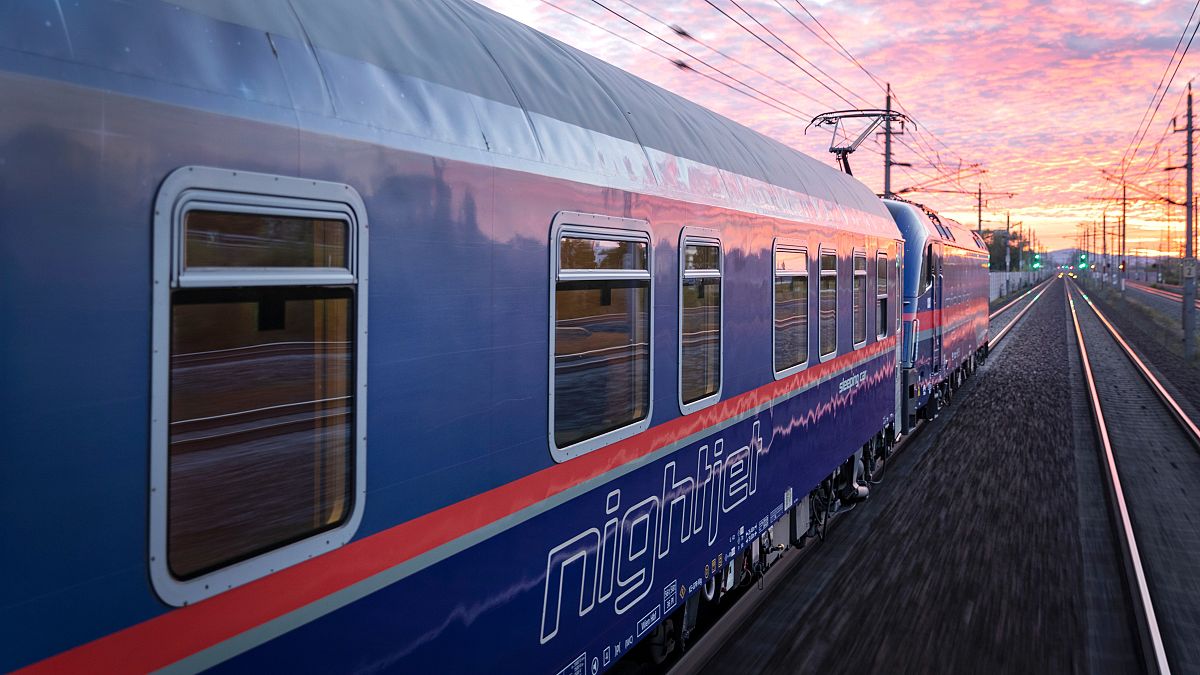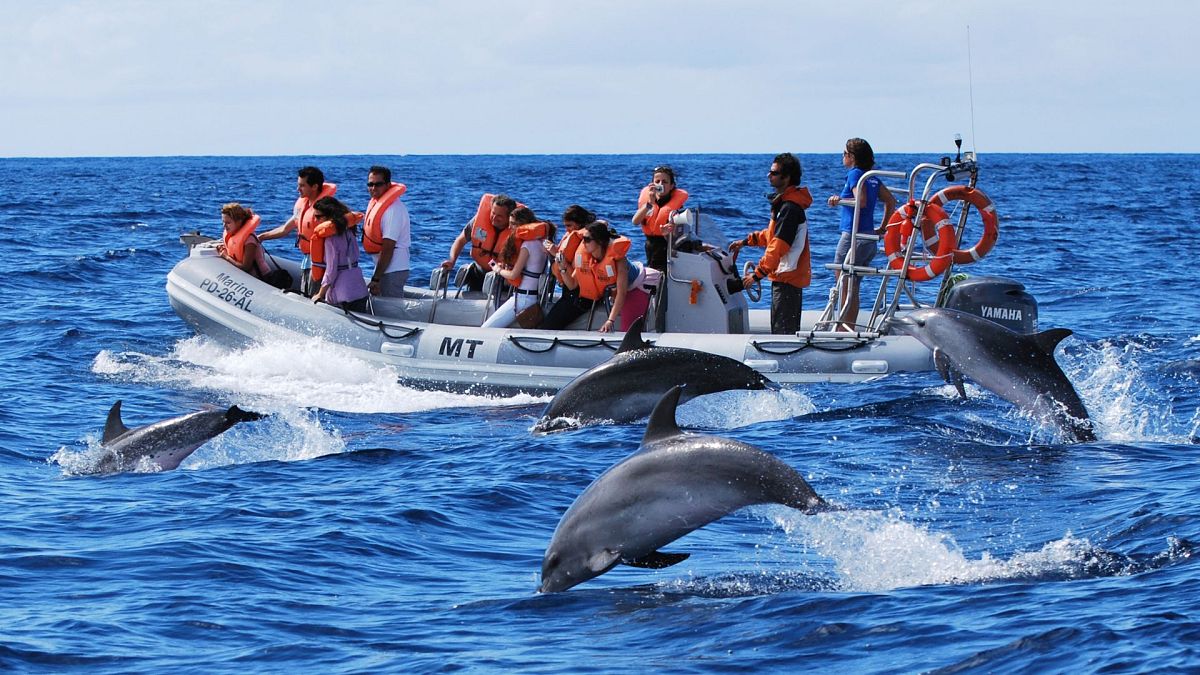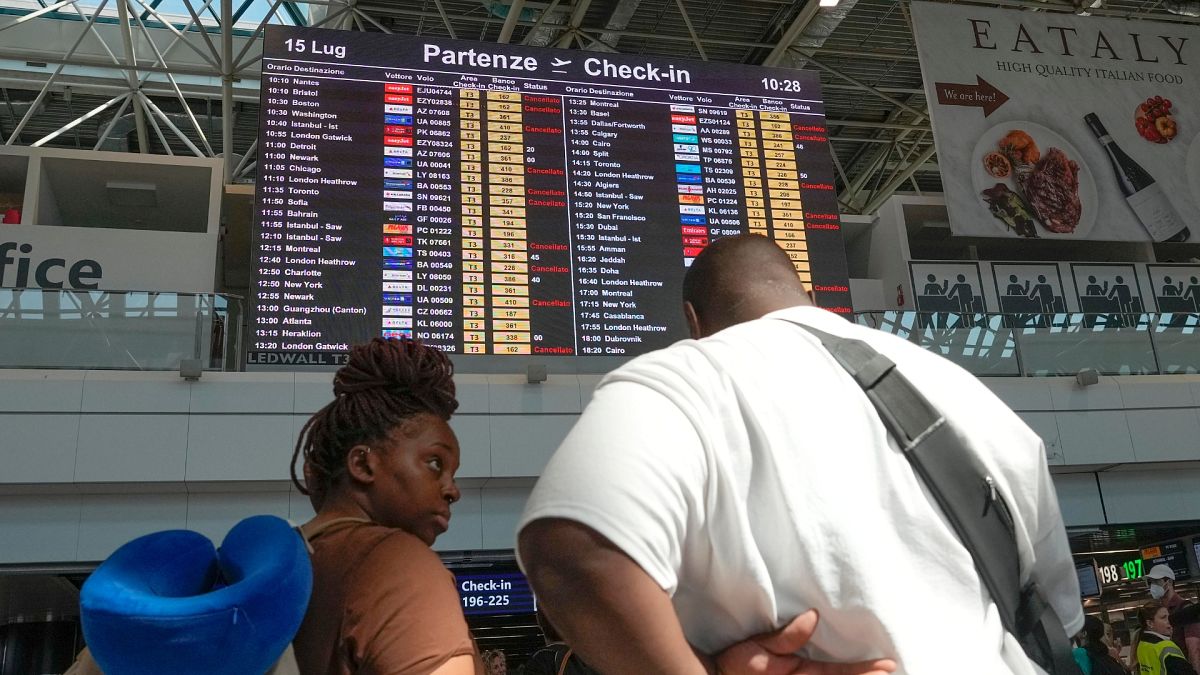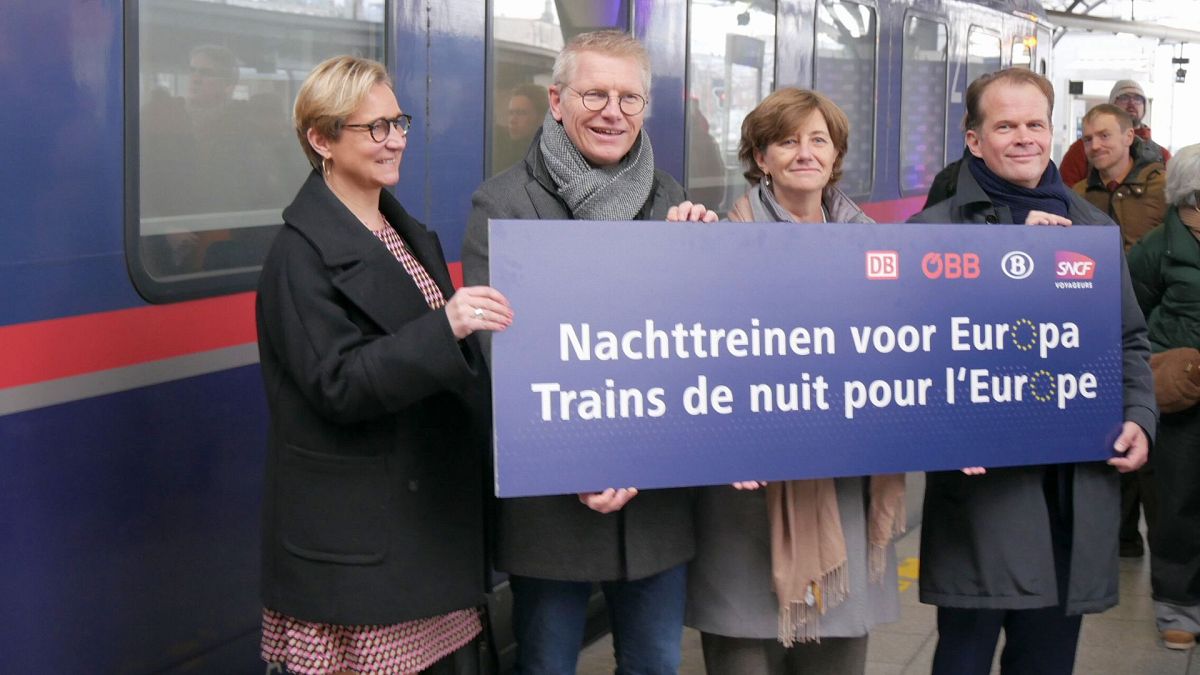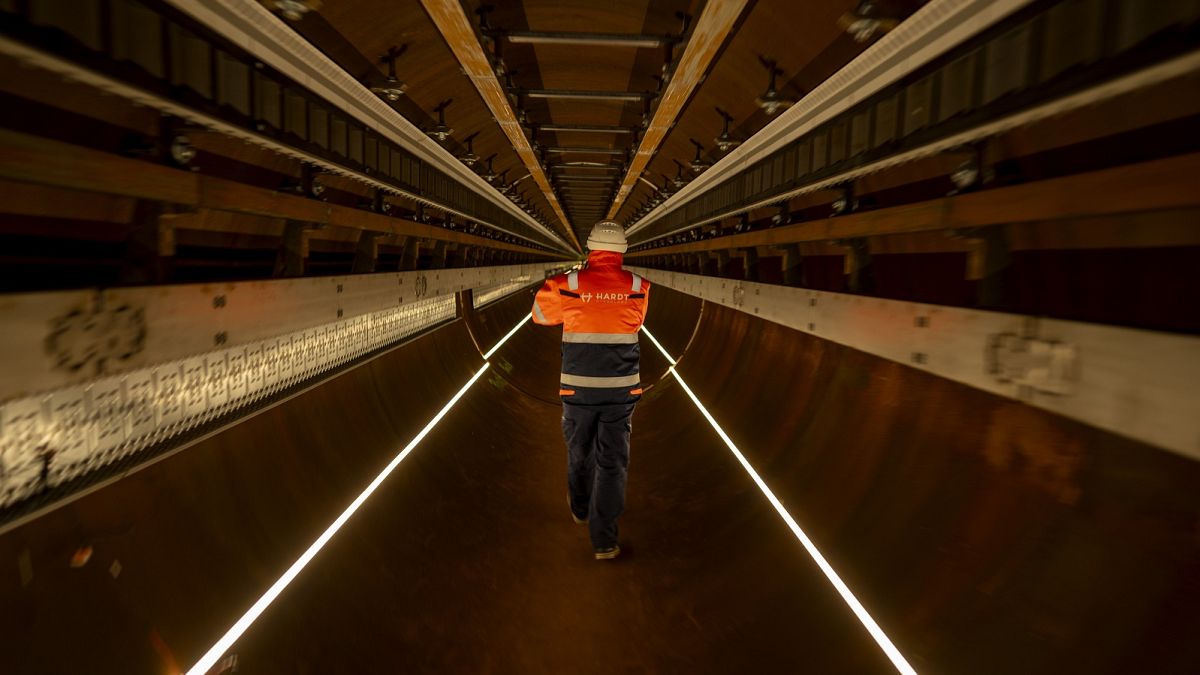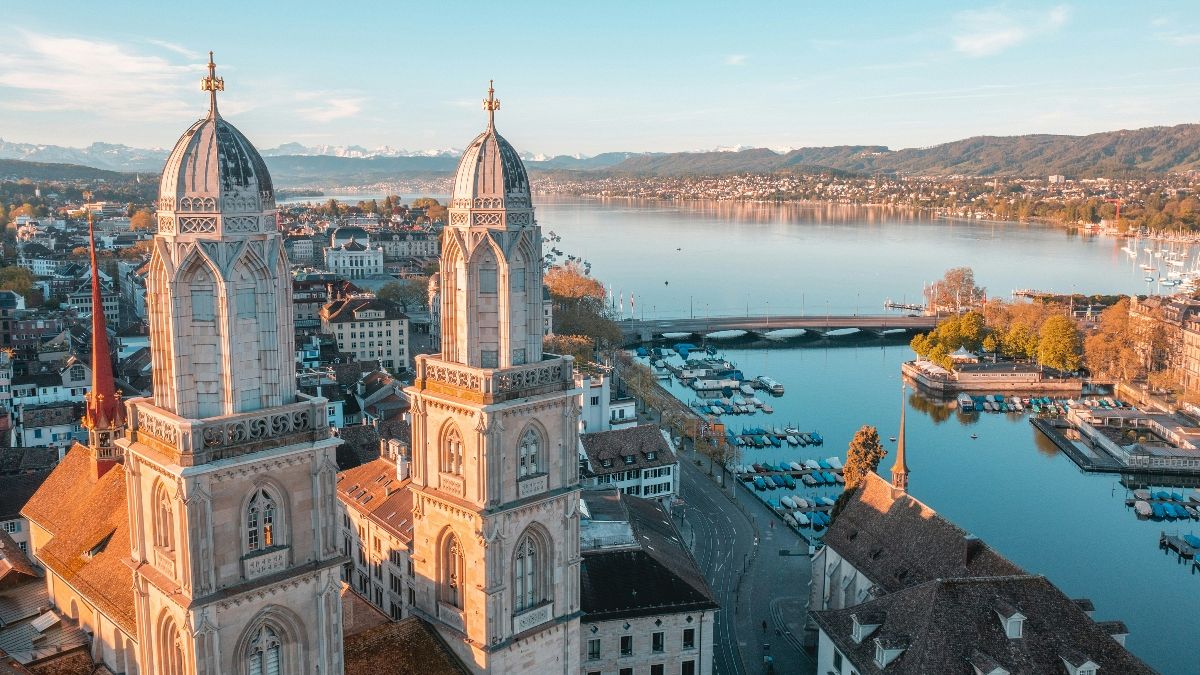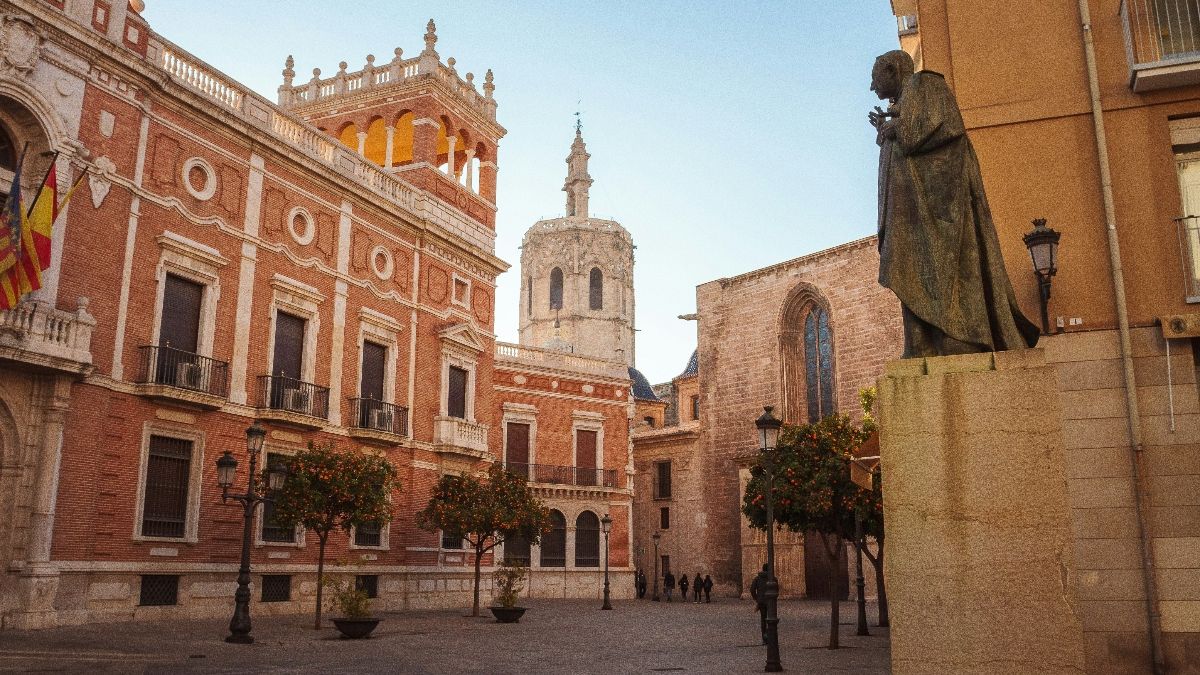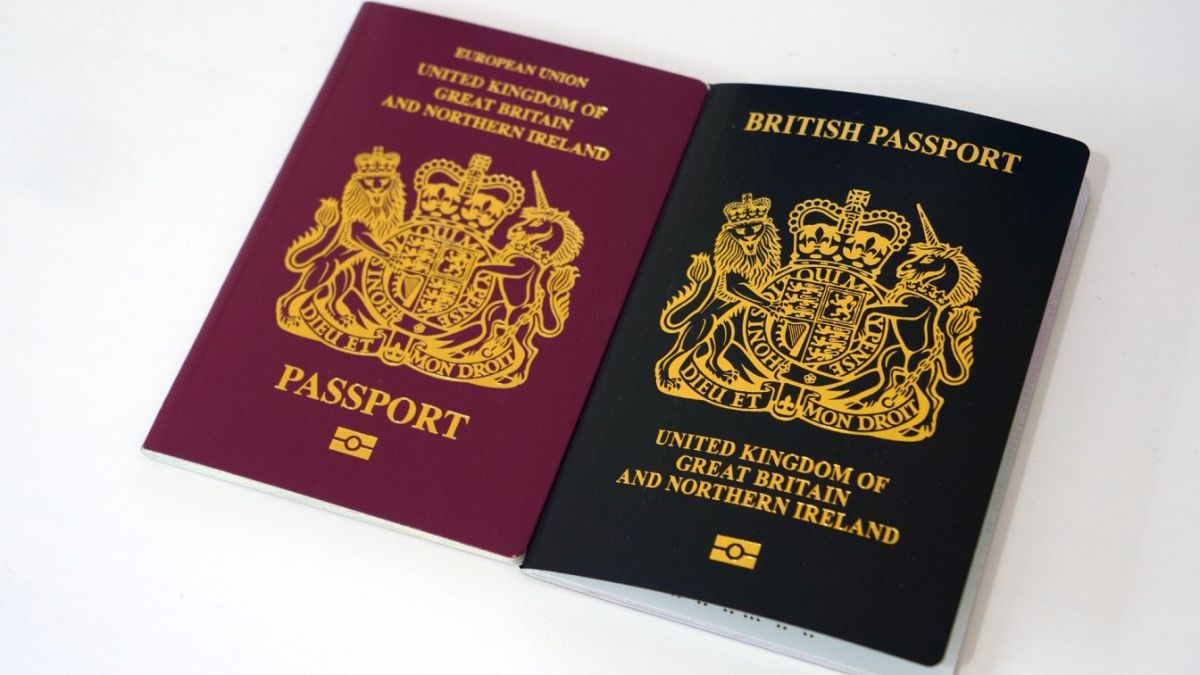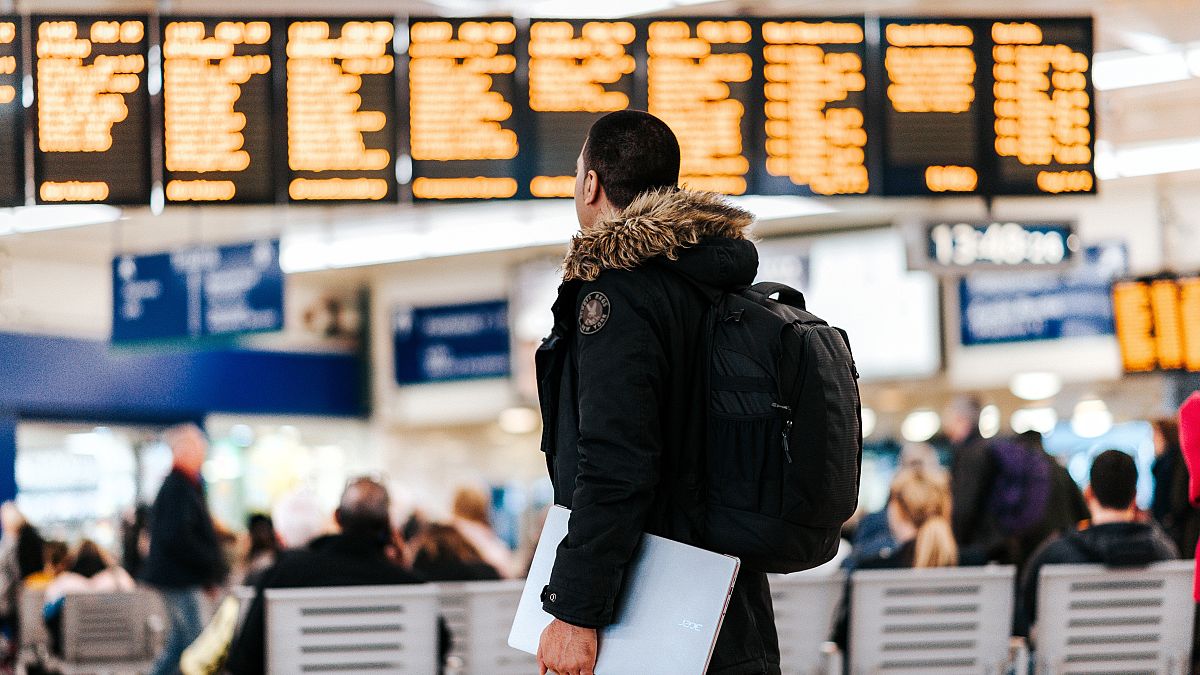Air traffic is booming again and environment activists aren’t happy
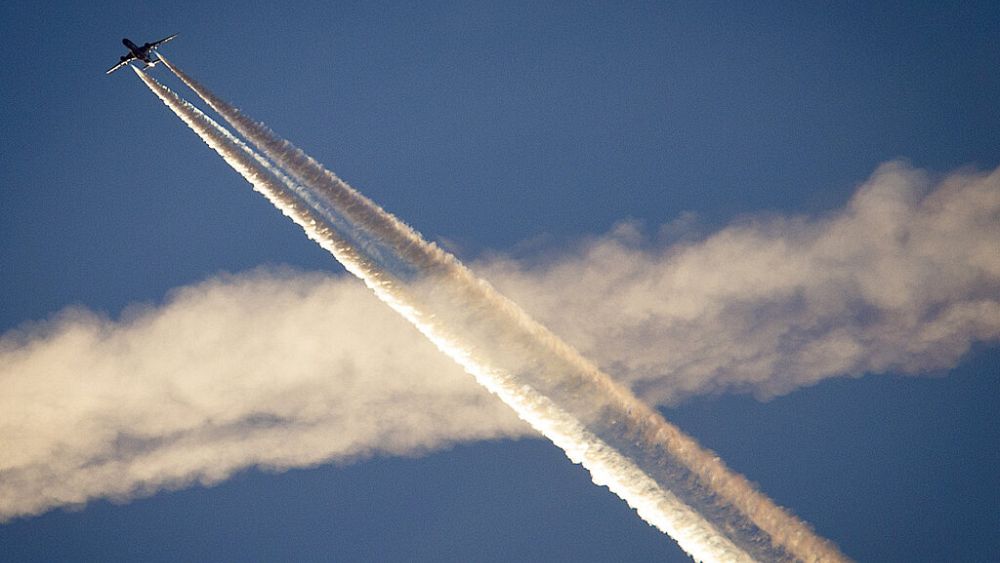
A strong rebound in air traffic reflects a healthy economic dynamic and a renewed ability for people to travel, it runs counter to ambitions to reduce CO2 emissions set out by public authorities.
Stalled during the pandemic, air traffic is booming again, the latest IATA report has confirmed. This trend seems to run counter to efforts to reduce greenhouse gas emissions, even though the sector has embraced the ecological transition.
In its latest report, the International Air Transport Association (IATA) forecasts 4.35 billion passengers this year, close to pre-pandemic record levels.
Air traffic has recovered from the Covid crisis
While the strong rebound in air traffic reflects a healthy economic dynamic and a renewed ability for people to travel freely, it also seems to run counter to ambitions to reduce CO2 emissions set out by public authorities in Europe and beyond.
Indeed, the sector is often singled out for its responsibility for global warming.
For Alexis Chailloux, low-carbon travel manager at Greenpeace France, this accelerated recovery is bad news: “We must remember that air travel is the mode of transport that is most harmful to the climate.
In 2018, before Covid, air travel accounted for around six per cent of global warming, whereas it is taken by a minority of people. If you’re a senior executive, you’re going to take the plane 17 times more than if you’re a worker.”
The explosion in air traffic is mainly linked to leisure flights, with the rise in recent decades of low-cost airlines serving more and more European destinations at extremely low prices. In France, between 2008 and 2018, the number of flights for personal reasons doubled, while business flights remained stable, according to Greenpeace.
And this boom is set to continue, according to Jérôme Bouchard, an aeronautics expert with consultancy firm Oliver Wyman: “According to our studies, air traffic will increase by more than five per cent a year until the middle of the next decade. It’s up to the industry to find solutions to decarbonize so that we can keep flying while minimizing greenhouse gas emissions into the atmosphere.”
Measures deemed too timid to curb air traffic
But in general, associations and environmental NGOs point to the lack of ambitious structural measures to reduce air traffic-related CO2 emissions.
France, for example, issued a decree in May banning domestic flights when a train journey of less than 2.5 hours is possible. This measure is considered “anecdotal” by climate advocates, as it concerns only a handful of routes out of the hundred or so domestic connections.
At the European level, however, some initiatives are considered interesting. Amsterdam-Schiphol Airport, for example, has announced its intention to abolish night flights by the end of 2025 and to limit private jet flights, both to combat noise pollution and to help meet climate targets.
Inconsistent taxation
To further reduce traffic, environmental associations also recommend putting an end to tax breaks for air travel.
Alexis Chailloux points out the inconsistencies in the tax system: “French people who fly from Paris to Barcelona not only pay no VAT, but are also exempt from kerosene tax. If they make the same journey by train, they will pay an energy tax, in this case on electricity, and a passenger VAT. This double standard is quite incomprehensible, especially when you consider the climate impacts of air travel compared to rail.”
Greenpeace is also proposing a progressive tax that would target the most active travellers: “The idea is that the more you fly, the higher the tax will be, which would enable the effort to be weighted towards people who fly regularly and not on an individual who would like, for example, visit his family in the West Indies that he hasn’t seen for three years.”
Investing in railways
Developing the rail network is the other lever put forward by climate advocates.
“In Europe, major cities are not yet perfectly connected, neither by highspeed nor by night train. What’s more, because of Covid, some emblematic night lines, such as Paris-Venice or Hendaye-Lisbon, have disappeared,” laments Chailloux.
Others are in favour of more radical measures to cap air traffic, such as Jean-Marc Jancovici, president of The Shift project, who has proposed a quota of four flights per lifetime.
Finally, a trend that originated in Sweden, the flygskam or shame of flying, seems to be gradually making its way across the European continent, encouraging more and more travellers to turn away from airports and take the train instead.
Levers for greening the airline industry
Aware of its carbon footprint, the airline industry has embarked on a vast project to make the ecological transition and reduce its emissions. But the road ahead is long.
Jérôme Bouchard identifies several levers, starting with optimizing engine performance:
“A latest-generation A320 that leaves the Airbus factory today emits 20 per cent less than the same A320 that left the same Airbus factory 20 years ago,” stresses the aeronautics expert from Oliver Wyman, who also points to other possible solutions in the immediate future, such as improved flight paths and better traffic management to avoid, for example, “planes waiting in the sky while turning over airports because it is saturated. “
The third lever, “the most important in terms of decarbonization over the next thirty years,” will be sustainable aviation fuel, in this case, synthetic fuels that are less polluting than kerosene, produced from non-fossil sources such as biomass, algae, agricultural or food waste.
Finally, the last lever, by 2035-2040: electric hybridization or hydrogen-powered aircraft.
“By combining these different levers, we’ll be virtually carbon neutral by 2050,” summarizes Jérôme Bouchard. “There will always be a portion of marginal emissions that we’ll have to manage to erase, thanks to direct air capture technologies, which involve taking carbon directly from the sky using huge hair dryers, and eventually recycling it as fuel for the aviation industry.”
A technological revolution that takes too long in the face of the climate emergency?
While Greenpeace applauds the industry’s efforts to decarbonize, it points out that this technological revolution is taking too long in the face of the climate emergency:
“The aircraft of the future is in the future, and for the moment it doesn’t exist. The only effective short-term lever for reducing emissions by 2030 is to reduce traffic”, explains Alexis Chailloux.
Jérôme Bouchard acknowledges that a large part of the current fleet is likely to be flying for a long time to come: “In 2050, we can consider that the vast majority of aircraft will still be based on technologies as we know them today and that the share of new hybrid, electric or hydrogen-powered aircraft will, while growing strongly, still be marginal in relation to current technologies.”
Source: Euro News


